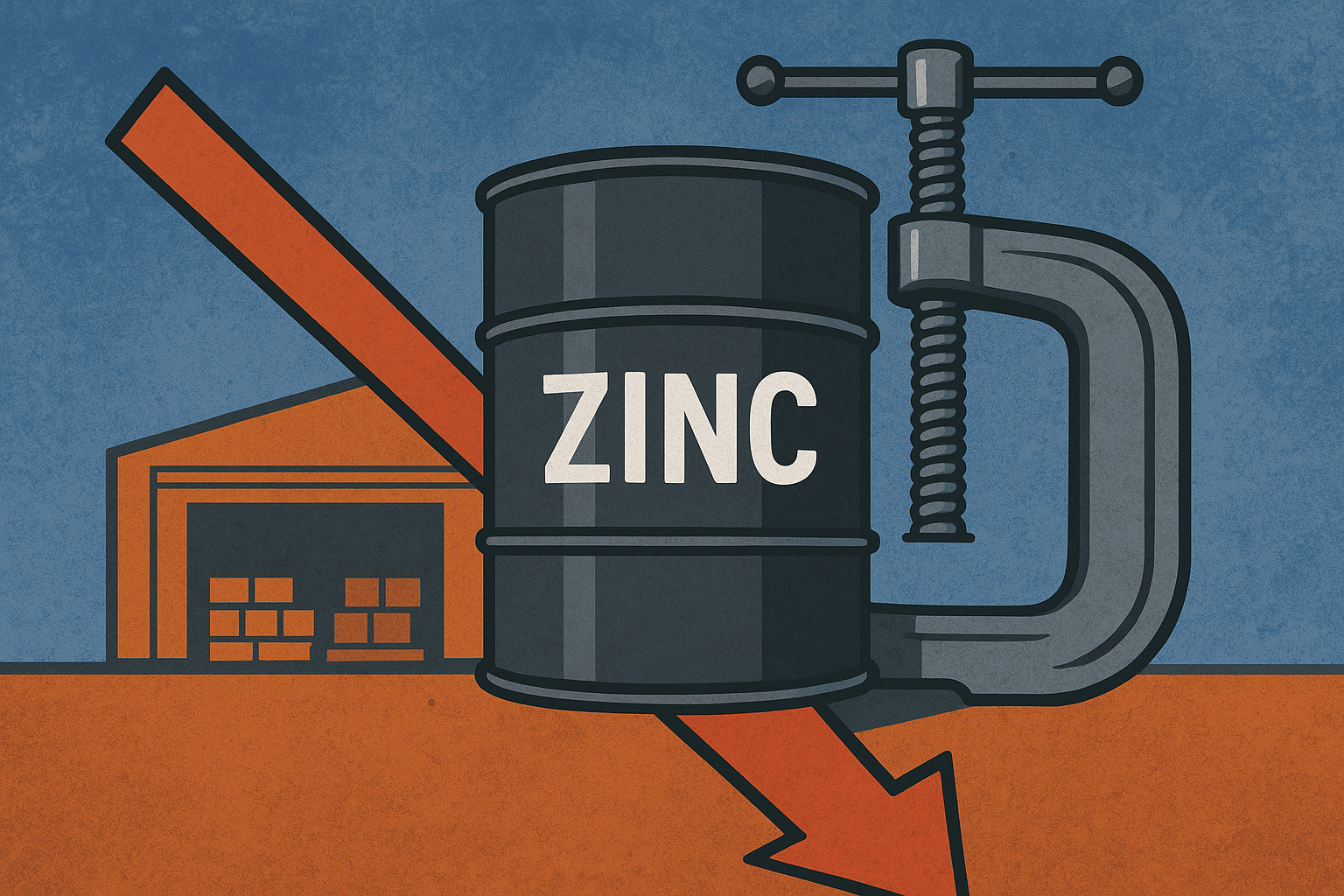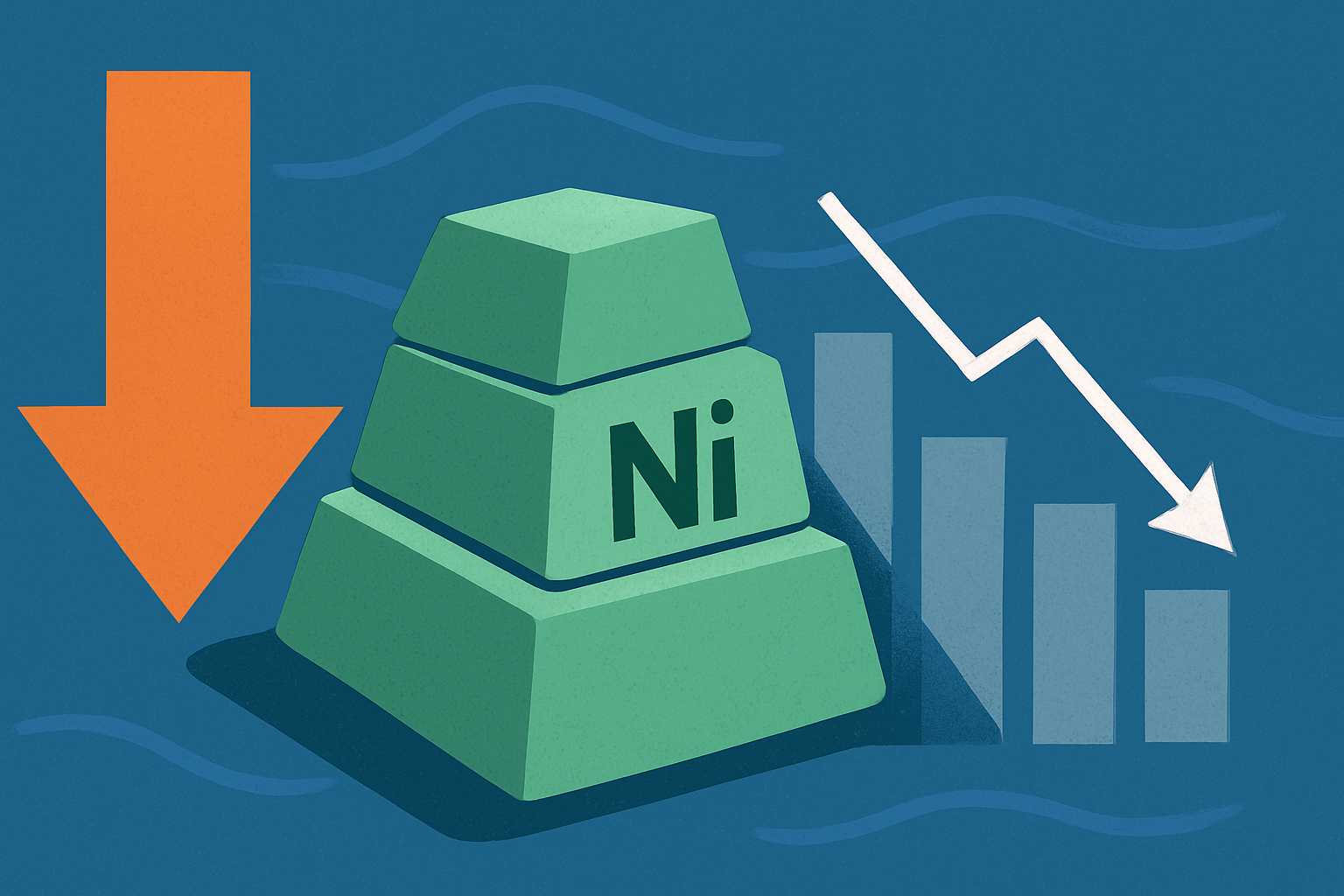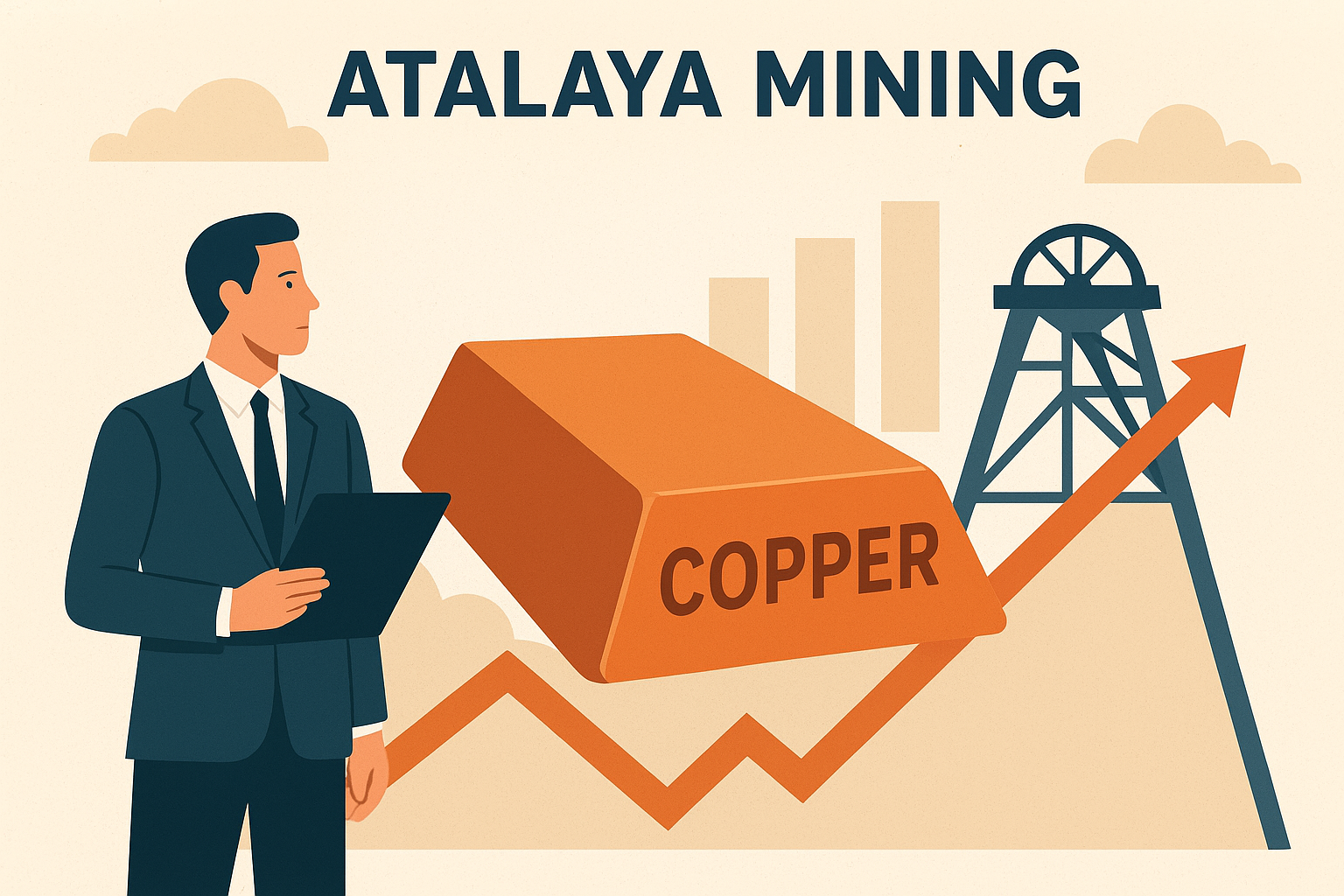As copper prices hold near decade highs and U.S. policymakers double down on resource independence, BHP Group’s reported consideration to reopen shuttered copper mines in Arizona signals a potential turning point for America’s domestic mining sector. According to The Financial Times, the world’s largest miner is weighing a return to assets in the Globe–Miami region as the Trump administration accelerates efforts to “reshore” critical mineral production — a move that could ripple through global copper markets and investor portfolios alike.
A Renewed Push for U.S. Copper Independence
Copper has become the backbone of the energy transition — critical to everything from EV charging infrastructure to data centers and defense systems. The U.S. currently sources a significant portion of its refined copper from overseas, leaving it vulnerable to geopolitical shocks and supply chain risks.
Now, with the White House pledging to streamline permitting processes and prioritize domestic mineral development, the calculus for multinational miners like BHP (ASX: BHP, NYSE: BHP, LSE: BHP) is shifting. The administration’s latest executive order on Strategic Mineral Independence, coupled with bipartisan support in Congress for supply-chain localization, is creating a friendlier environment for reactivating idle or previously uneconomic assets.
If realized, BHP’s revival of its U.S. operations could mark one of the most significant re-entries into American copper mining in over a decade — a symbolic and strategic alignment with Washington’s new critical minerals agenda.
Why This Matters for Investors
The implications for investors stretch well beyond BHP’s balance sheet. Copper prices have surged more than 40% year-to-date, fueled by constrained mine supply, labor disputes in Latin America, and expanding green-energy demand. Analysts at Bloomberg Intelligence estimate that the global copper market could tip into a 400,000-ton deficit in 2026, even with modest demand growth.
For U.S. investors, the story is twofold:
- Upside in domestic producers: Companies with existing or near-term production in the U.S. — such as Freeport-McMoRan (NYSE: FCX), Hudbay Minerals (TSX: HBM), and Capstone Copper (TSX: CS) — stand to benefit from potential tax incentives and rising domestic premiums.
- Competitive pressure for juniors: While policy support could create a more favorable operating climate, it may also raise barriers for smaller exploration companies competing for the same resources, labor, and permitting approvals.
If BHP moves ahead, the signal to markets will be unmistakable: the U.S. copper renaissance is officially back on the table.
Policy Tailwinds and Political Dynamics
Trump’s administration has made critical minerals a cornerstone of its trade and industrial strategy. Echoing the 2017 “America First Energy Plan,” new measures reportedly include fast-track permitting for strategic projects, tariffs on Chinese refined copper imports, and subsidies for processing infrastructure on U.S. soil.
Mining policy analysts at Wood Mackenzie note that “a more protectionist stance toward metals may lead to an acceleration of U.S.-based projects but also spark tensions with traditional suppliers in Latin America.” Meanwhile, Arizona’s state government has already expressed willingness to support reopening historical mine districts with environmental remediation grants.
In this context, BHP’s potential reactivation of shuttered Arizona mines could serve as a pilot case — a demonstration of how federal and state incentives might revive the country’s dormant mining capacity.
Future Trends to Watch
- Permitting and Regulatory Speed: Investors should track how quickly the U.S. Department of the Interior and EPA act on pending mine approvals. Faster timelines could unlock billions in capital expenditure.
- Infrastructure and Processing Investment: Watch for joint ventures between miners and U.S. industrial conglomerates seeking to onshore refining capacity.
- Labor and Input Costs: Rising energy and wage costs remain a key constraint. Any policy-driven cost relief could further encourage production restarts.
- Global Trade Realignment: As U.S.–China tensions continue, the reshoring of copper production may influence global smelting margins and trade flows, affecting midstream equities and commodity ETFs tied to copper futures.
Key Investment Insight
BHP’s deliberation represents more than a corporate strategy shift — it’s a proxy for the broader transformation in global commodity geopolitics. Investors should monitor:
- Domestic supply-chain opportunities in North America.
- Policy-driven capital flows into critical mineral projects.
- Copper price dynamics tied to deficit forecasts and green-transition demand.
This environment could reward selective exposure to copper producers and royalty firms with U.S.-based operations, along with ETFs like Global X Copper Miners ETF (COPX) that capture the sector’s structural upswing.
Stay Ahead with ExplorationStocks
As the copper market evolves amid shifting geopolitical and policy realities, investors must stay agile. BHP’s renewed U.S. focus underscores how government policy can swiftly alter the strategic landscape for global miners.
For ongoing coverage of copper, critical minerals, and the companies driving the next phase of the metals cycle, follow explorationstocks.com — your trusted source for daily investor insights and resource-sector analysis.






